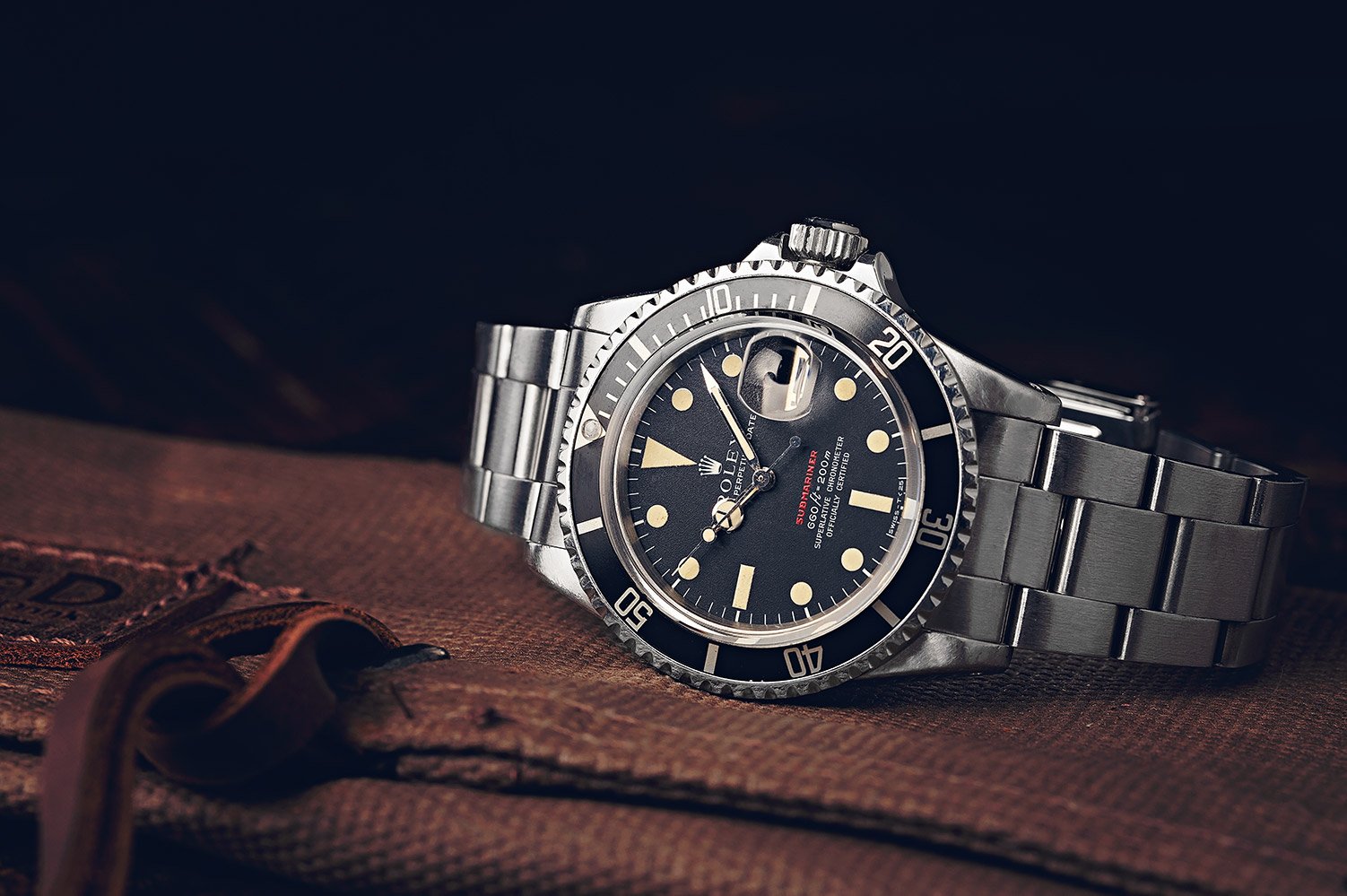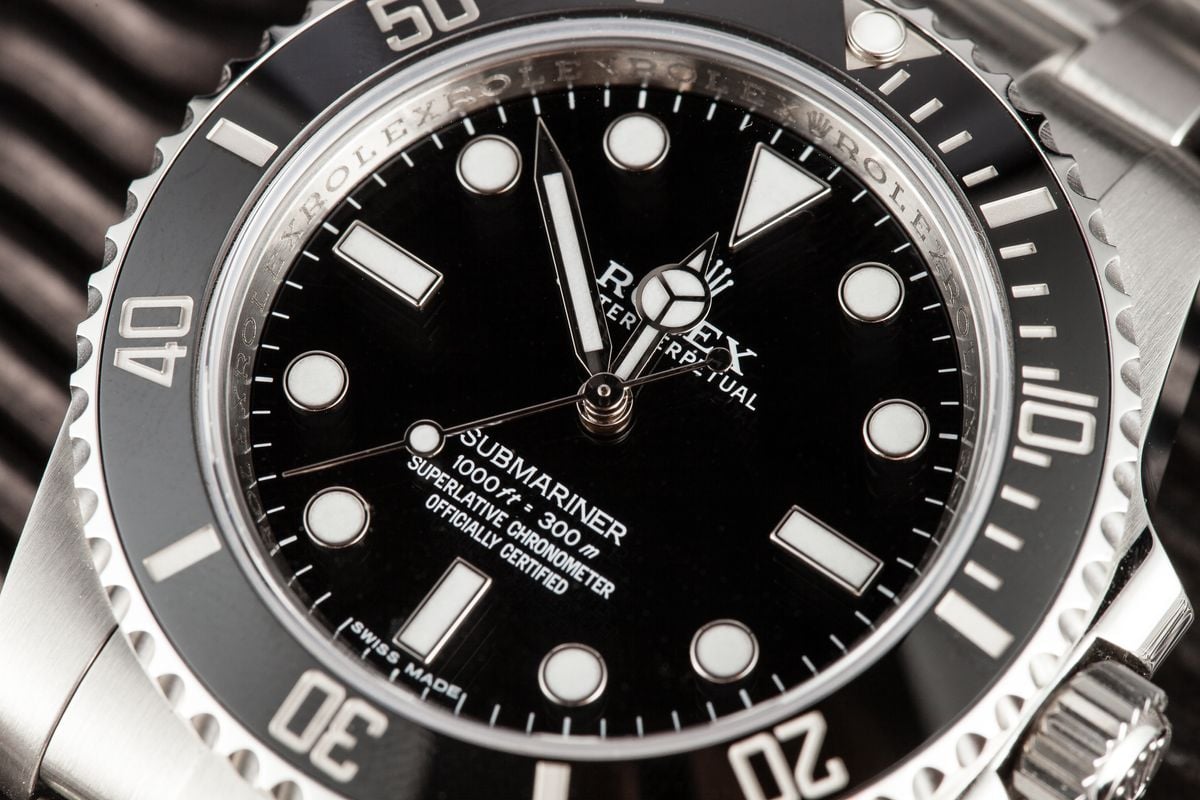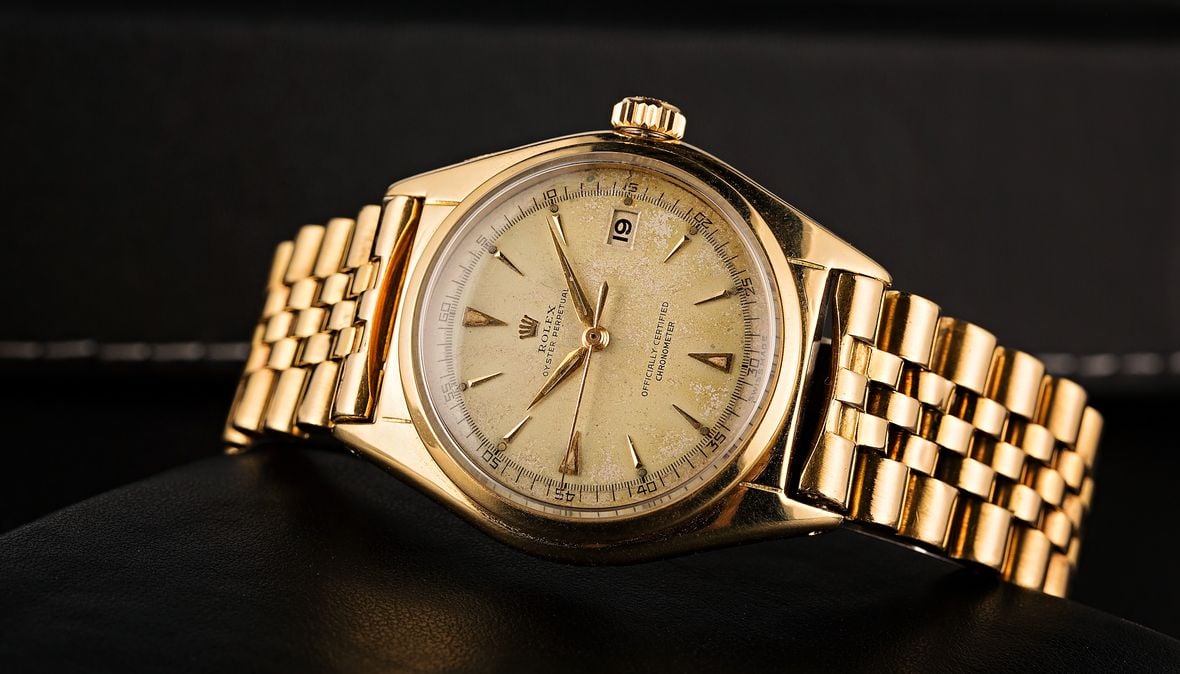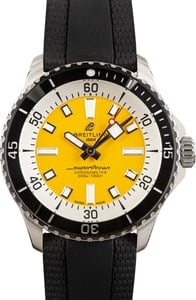Welcome to a captivating journey through the illustrious history of the Rolex GMT-Master II, a timepiece that has left an indelible mark on the world of horology. As you delve into the pages ahead, you’ll discover the intriguing story behind this iconic watch, one that transcends its function as a mere timekeeping device. The Rolex GMT-Master II, often revered as the quintessential traveler’s companion, has become synonymous with precision, craftsmanship, and timeless style.
In an era where luxury watches abound, this particular model stands apart, its legacy spanning generations and continents. From its humble beginnings to its evolution into a symbol of both adventure and affluence, the GMT-Master II has continuously captured the hearts of watch enthusiasts and collectors worldwide. So, prepare to embark on a captivating journey through time, where each tick of the GMT-Master II’s hands reveals a new chapter in the history of watchmaking excellence.
The Origins of the GMT-Master
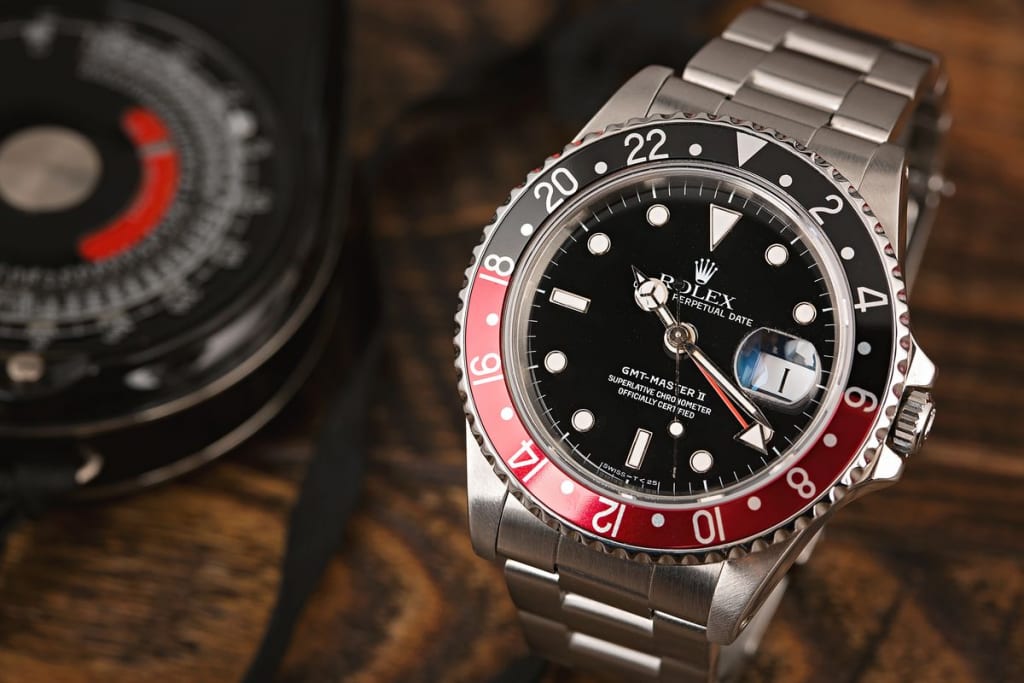
When exploring watchmaking history, the Rolex GMT-Master II emerges as a true icon, but its story begins with a humble yet vital purpose. Picture the golden age of aviation in the 1950s when long-distance travel across multiple time zones was becoming increasingly common. Pilots and navigators needed a timepiece that could keep track of both their home time and the time zone of their destination, an essential tool to ensure safe and precise flights.
Rolex rose to this challenge with the introduction of the original GMT-Master collection. Born out of a collaboration with Pan American World Airways (Pan Am), this groundbreaking timepiece not only met the demands of aviators but also marked the inception of a legendary watch lineage. The inaugural GMT-Master featured a distinctive red and blue bezel, quickly earning it the affectionate nickname “Pepsi.” Its innovative GMT function allowed wearers to independently set a 24-hour hand to track a second-time zone, making it indispensable for globetrotters and aviation professionals alike.
As we explore the origins of the Rolex GMT-Master, we’ll uncover the engineering brilliance and the aviation heritage that laid the foundation for what would become the GMT-Master II. Join us on this journey back in time, as we delve into the evolution of this remarkable timepiece, its innovative advancements, and the enduring legacy it has left in the world of luxury watches.
Evolution of the GMT-Master
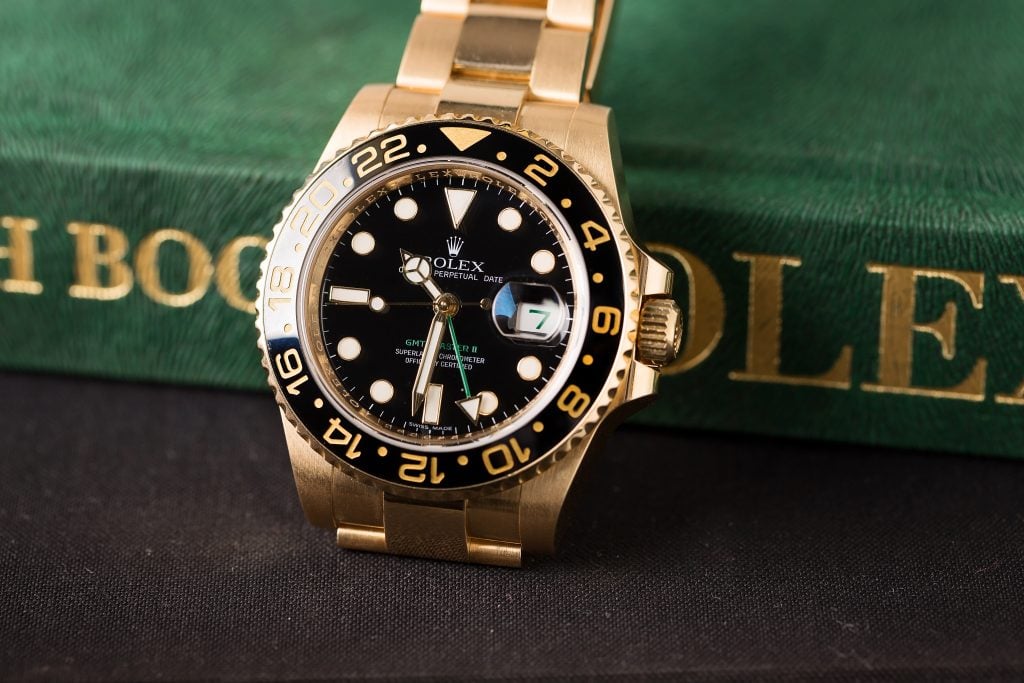
The evolution of the Rolex GMT-Master series is a testament to the brand’s relentless pursuit of perfection. With the introduction of the Rolex GMT-Master II, Rolex set its sights on refining an already exceptional timepiece. The transition from the original GMT-Master to its successor marked a significant milestone in the watch’s history.
The Rolex GMT-Master II, which made its debut in the early 1980s, brought with it a host of impressive improvements. One of the most notable upgrades was the introduction of the caliber 3085 movement, which allowed for smoother and more precise timekeeping. This movement featured a quick-set hour hand, enabling wearers to adjust the local time without disturbing the minute and 24-hour hands, a convenience cherished by frequent travelers. Rolex also introduced an independently adjustable 12-hour hand, providing even greater versatility when tracking multiple time zones.
As we trace the evolution of the GMT-Master, it becomes evident that each iteration represented a leap forward in watchmaking technology. From the caliber 3085, Rolex later transitioned to the caliber 3185 movement, further enhancing the watch’s accuracy and reliability. These advancements cemented the GMT-Master II’s reputation as an essential tool for both professional aviators and world travelers.
Now, with an understanding of the GMT-Master’s evolution, let’s delve into one of its most iconic and recognizable features – the red and blue bezel, fondly known as the “Pepsi” bezel.
The Iconic Red and Blue Bezel

The GMT-Master II has never been a mere timekeeping instrument; it’s a symbol of style and innovation. At the heart of its unmistakable charm lies the iconic red and blue bezel, affectionately referred to as the “Pepsi” bezel. This eye-catching feature, introduced with the original GMT-Master, served a practical purpose that went beyond aesthetics. The red portion of the bezel represented daylight hours, while the blue portion symbolized nighttime, allowing wearers to distinguish between day and night in their home and destination time zones. This unique design not only catered to the needs of pilots and travelers but also added a distinct flair to the watch. The combination of red and blue was a stroke of design genius, creating a timeless and instantly recognizable look that would become synonymous with Rolex’s GMT-Master line.
The “Rolex Pepsi” bezel has transcended its utilitarian roots to become a symbol of adventure and luxury. Its vibrant colors evoke images of distant horizons and global exploration, capturing the spirit of travel and discovery. Over the years, it has adorned the wrists of countless individuals, from seasoned adventurers to stylish globetrotters. Its enduring popularity has made it a cherished collector’s item, with vintage GMT-Master models featuring the “Pepsi” bezel commanding a special place in the hearts of watch enthusiasts.
As we marvel at the enduring appeal of the “Pepsi” bezel, let’s cover another pivotal moment in the evolution of the GMT-Master II – the introduction of the ceramic bezel. This innovation not only enhanced the watch’s durability but also expanded its design possibilities.
Notable GMT-Master II References
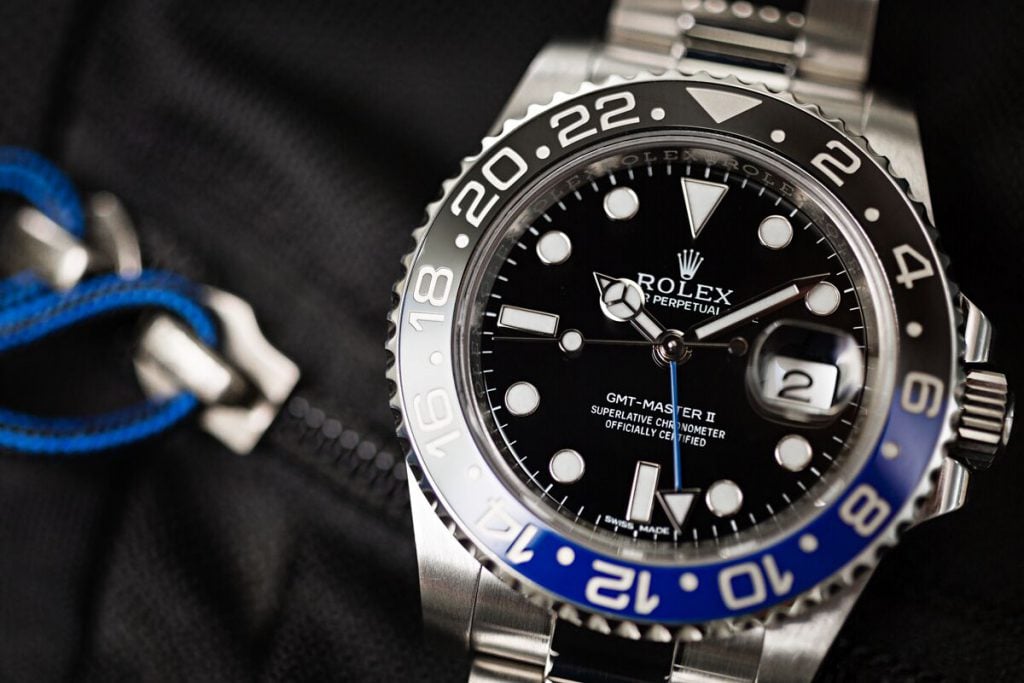
Within the realm of Rolex’s GMT-Master II, there exists a rich tapestry of references, each with its own unique character and charm. One standout reference is the Rolex 16710, often hailed as a classic in the lineup. Introduced in the late 1980s, this model featured the beloved “Pepsi” bezel and represented a bridge between the watch’s heritage and modernity. It was powered by the reliable caliber 3185 movement and was treasured by collectors for its timeless design.
Moving ahead to the contemporary era, the GMT-Master II 116710 entered the scene, bringing with it the innovation of the ceramic bezel. This reference, available in various color combinations, brought enhanced durability and vibrant aesthetics to the GMT-Master II. And let’s not forget the GMT-Master II 126710, which introduced the Jubilee bracelet to the collection, adding a touch of sophistication to an already iconic timepiece.
These notable references are just a glimpse into the diverse offerings of the GMT-Master II series, each appealing to different tastes and preferences. Collectors and enthusiasts often find themselves drawn to specific references, whether it’s the classic allure of the 16710, the contemporary charm of the 116710, or the elegance of the 126710.
The Rolex GMT-Master II in Popular Culture
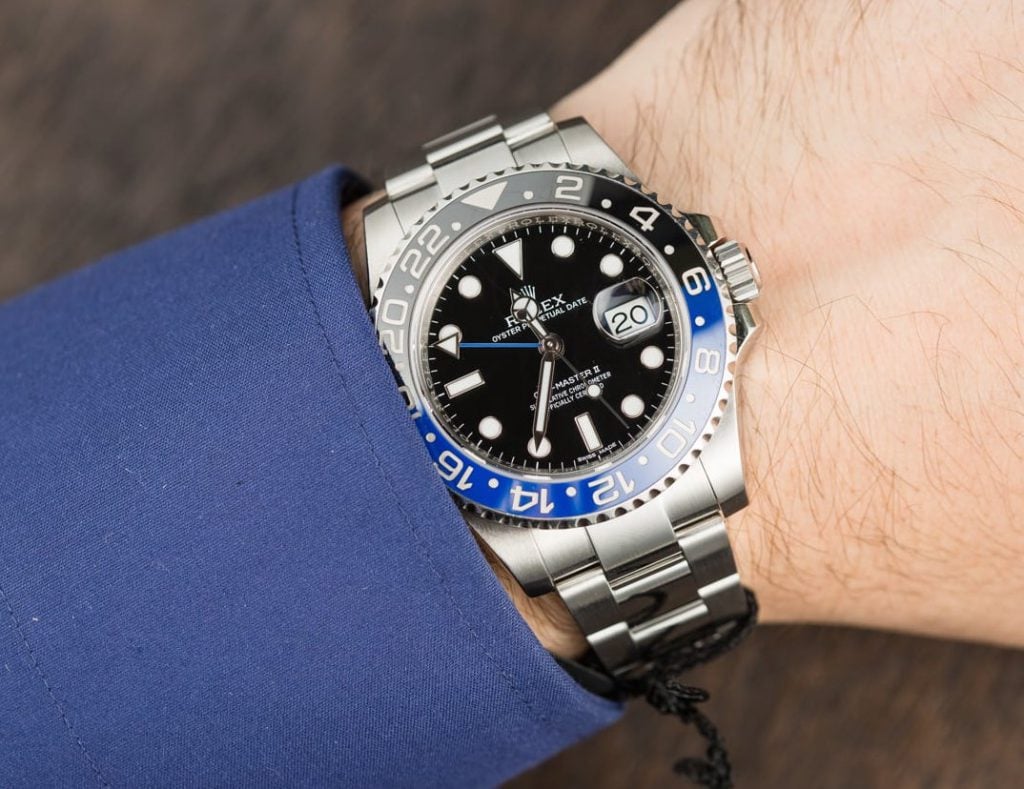
Beyond its role as a precision timekeeping instrument, the Rolex GMT-Master II has earned a place in the spotlight of popular culture. This horological masterpiece has graced the wrists of legendary personalities and made its mark in the world of cinema and sports. One of its most iconic moments came when it shared the screen with none other than James Bond himself. In the 1989 film “License to Kill,” Timothy Dalton’s Bond sported a Rolex GMT-Master II, reinforcing its association with adventure and espionage. Notable figures like Sir Winston Churchill and Pablo Picasso also chose the GMT-Master as their timepiece of choice, underscoring its appeal to influential minds across various disciplines.
Moreover, the GMT-Master II has been a staple in the world of professional sports. Tennis legend Roger Federer has been spotted a GMT-Master II, symbolizing precision and excellence on and off the court. Racing champion Sir Jackie Stewart has also been a proud ambassador for Rolex, exemplifying the watch’s affinity for speed and accuracy.
Its presence in popular culture extends beyond the silver screen and the world of sports. Celebrities and fashion icons are often seen wearing Rolex watches, particularly the GMT – Master II, making it a statement of luxury and sophistication. It embodies a timeless elegance that effortlessly blends with contemporary fashion.
In the realm of luxury watches, the Rolex GMT-Master II has transcended its function, becoming a symbol of aspiration, style, and adventure. Its iconic design and legendary associations continue to capture the imagination of watch enthusiasts and those who appreciate the finer things in life. As we conclude our exploration of its presence in popular culture, we’ll turn our attention to its collectability and investment value, shedding light on why this watch remains a coveted treasure among collectors.
Collectability and Investment Value
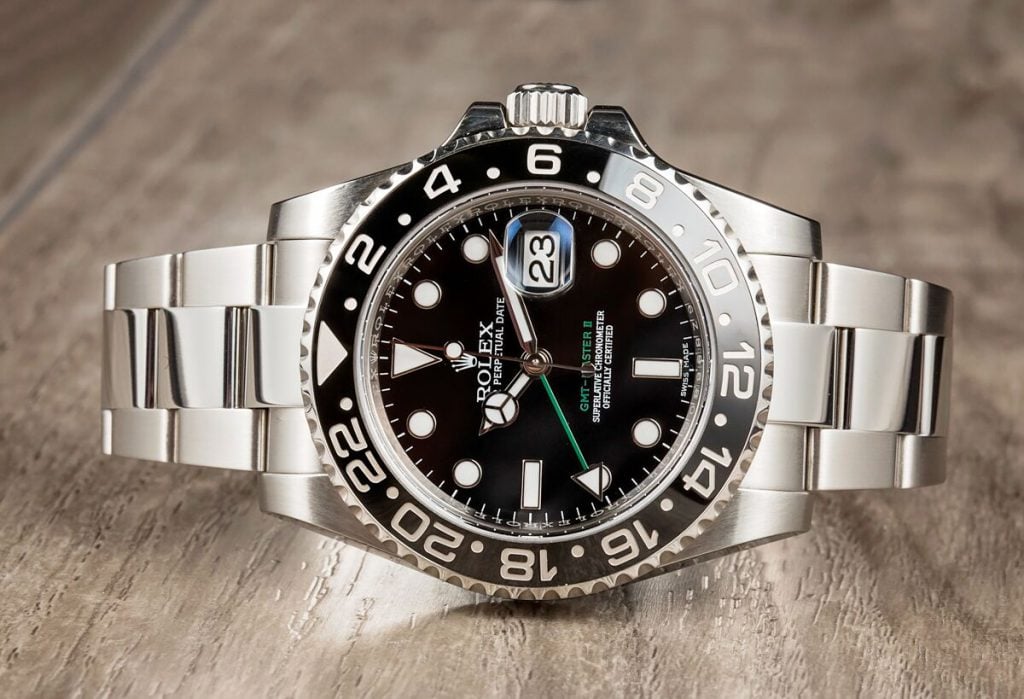
The allure of the Rolex GMT-Master II extends beyond its aesthetic and functional appeal; it has also become a prized item among collectors and investors. Its rich history, iconic design, and Rolex’s unwavering commitment to quality have established it as a highly sought-after timepiece. Collectors are drawn to specific references, often seeking out vintage models with unique features or limited production runs. These watches, with their historical significance and rarity, have seen their value appreciate significantly over the years.
Investors, too, recognize the GMT-Master II as a smart choice. Rolex’s reputation for producing enduring luxury watches has created a steady demand for their timepieces, ensuring their value remains stable. Moreover, GMT-Master II’s enduring popularity and the brand’s careful control of production numbers contribute to its potential for long-term appreciation. Owning a GMT-Master II is not just a statement of style; it can also be a wise Rolex watch investment.
Whether you’re a passionate collector seeking to complete your watch collection or an investor looking for a timepiece with a proven track record of value retention, the Rolex GMT-Master II offers the best of both worlds. Its blend of history, craftsmanship, and iconic design make it a timeless treasure that continues to shine in the world of horology and luxury.
Wrapping It Up: Why We love the Rolex GMT-Master II
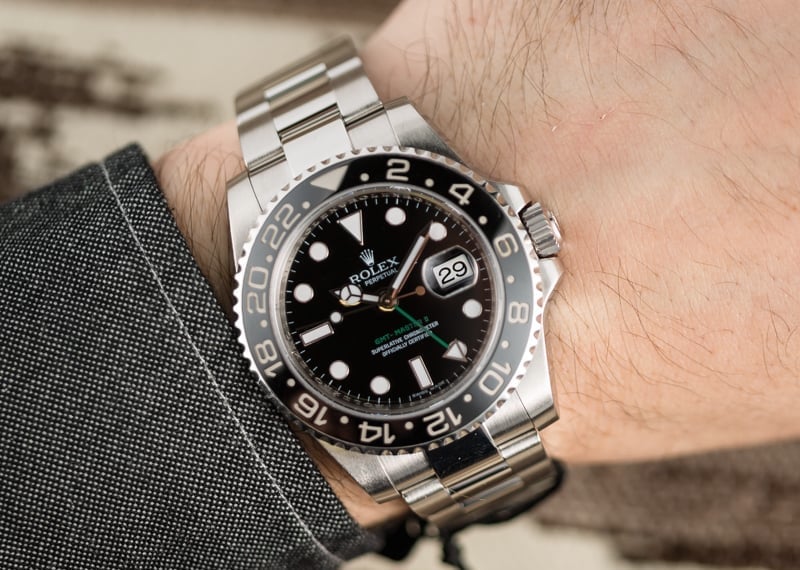
In the realm of luxury watches, the Rolex GMT-Master II stands as a testament to timeless craftsmanship and enduring style. From its origins as a vital tool for pilots to its current status as a symbol of adventure and affluence, the GMT-Master II has navigated the winds of time with precision and grace. Its evolution, marked by innovations like the “Pepsi” bezel and the transition to ceramic, reflects Rolex’s commitment to pushing the boundaries of watchmaking excellence. Beyond its technical prowess, the GMT-Master II has left an indelible mark in popular culture, gracing the wrists of legendary figures and becoming a sought-after fashion statement.
For collectors, it represents a cherished treasure with a rich history and the promise of appreciation. For investors, it symbolizes a smart choice, with Rolex’s reputation ensuring enduring value. In essence, the Rolex GMT-Master II is more than a watch; it’s a journey through time, a symbol of precision and adventure. As we conclude our exploration, it’s clear that this timepiece’s legacy is as enduring as the passing hours it faithfully keeps. It reminds us that in a world driven by innovation, some things remain timeless, and the Rolex GMT-Master II is a shining example of this enduring truth in the world of horology.



